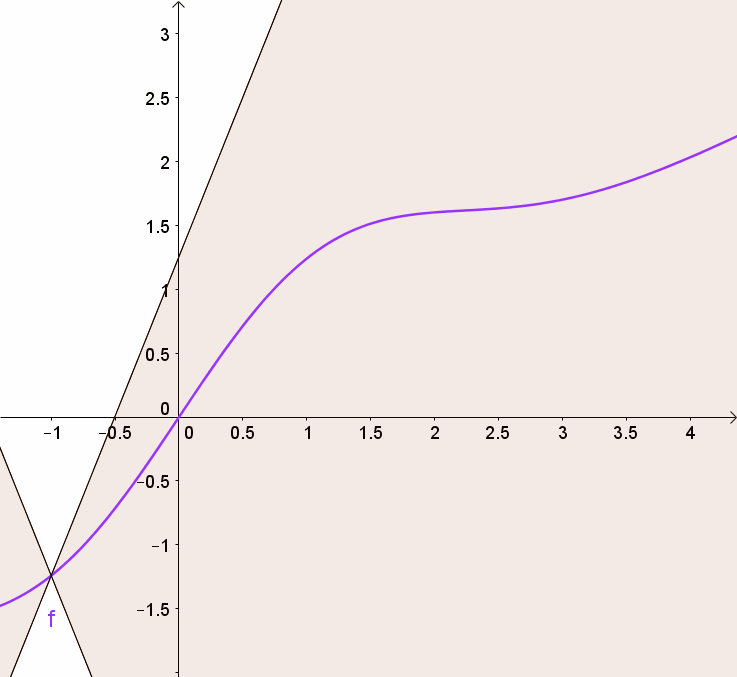Lipschitz Constrained Generative Adversarial Networks
Autumn 2020
Master Semester Project
Project: 00388

In generative adversarial networks, it has been shown that controlling the Lipschitz regularity of a network largely improves the generative performance. For example, Wasserstein GAN (WGAN) and Spectral Normalization GAN (SNGAN) achieve this by restricting the discriminative function to be 1-Lipschitz. Recently, we developed a framework for learning activations of deep neural networks with the motivation of controlling the global Lipschitz constant of the input-output relation. The goal of this project is to investigate the effect of our framework in the generative adversarial networks within various setups. The student should have solid programming skills, in particular being familiar with PyTorch and a general understanding of the main concepts of deep learning.
References Aziznejad, S., Gupta, H., Campos, J., & Unser, M. (2020). Deep neural networks with trainable activations and controlled Lipschitz constant. arXiv preprint arXiv:2001.06263.
References Aziznejad, S., Gupta, H., Campos, J., & Unser, M. (2020). Deep neural networks with trainable activations and controlled Lipschitz constant. arXiv preprint arXiv:2001.06263.
- Supervisors
- Jaejun Yoo, jaejun.yoo@epfl.ch, BM 4.141
- Michael Unser, michael.unser@epfl.ch, 021 693 51 75, BM 4.136
- Joaquim Campos, joaquim.campos@epfl.ch, BM 4.141